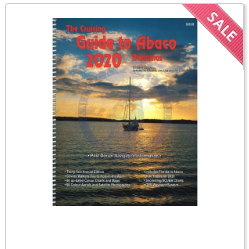A
nautical chart is a fundamental tool that can be quite helpful to the mariner.
NOAA
nautical charts are map that represents various configuration of the
shoreline and also the seafloor. Additionally, it provides information on the
depth of water, dangerous locations for navigation, various traits of aids to
navigation, anchorages, and many other features.
The
nautical chart is required by mariners for make navigation safer. They use the
charts to plan/schedule voyages and navigate ships safely and cost-effectively.
Federal regulations have made it necessary for most commercial vessels to carry
nautical charts when they transit waters in the US.
Why
is an updated nautical chart necessary?
Coast
Survey cartographers make thousands of modifications to NOAA charts each year.
Some are minor, while some are critical to safe navigation. Those critical
iterations may include new obstructions, and the latest changes to navigation
aids. Furthermore, shorelines keep changing all the time, due to natural forces
or infrastructure improvements, so having a NOAA chart handy is a wise
thing to do.
Where
to get the updates?
The
United States Coast Guard gives local notices to mariners, providing latest and
essential navigational details. The National Geo-Spatial Intelligence Agency
provides weekly notices to mariners for high-capacity vessels (operating in or
more than 12 feet of water). You can also find information about chart
corrections/modifications on NOAA’s weekly chart update web page on their
official website.
Water-resistant
paper nautical charts can be bought from a NOAA certified chart agent. It is
convenient to order a chart online or have the chart delivered at your
doorstep.



